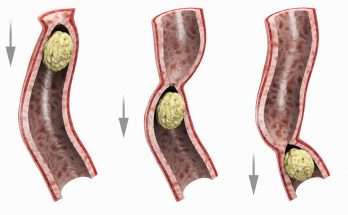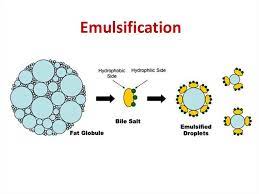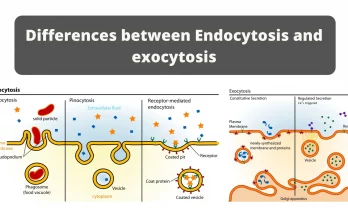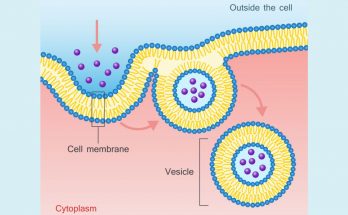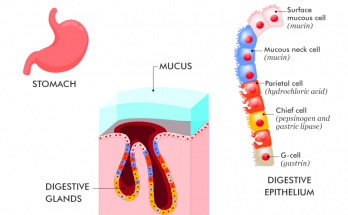
Gastric Glands – Location , Structure, Types, Secretion and Functions
Gastric glands, present in the stomach lining, play an important role in digestion. Structurally, they are made up of different cell types, including parietal, chief, and mucous cells. These glands secrete gastric juice, which consists of hydrochloric acid, pepsinogen and mucus. The secretions help break down food, sterilisation of ingested pathogens and absorb essential nutrients, thus fulfilling important functions in the digestive process
Gastric Glands – Location , Structure, Types, Secretion and Functions Read More